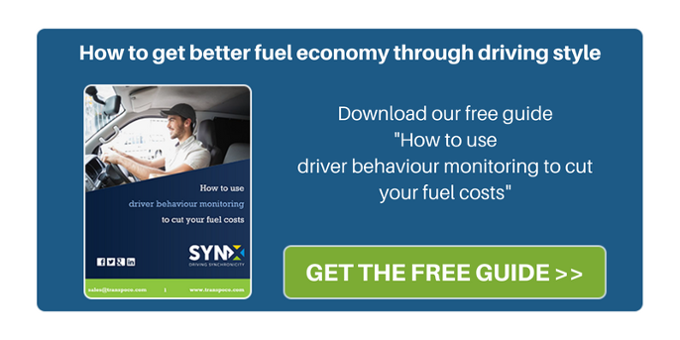
The focus of media, companies and, no doubt, fleet managers, is often concentrated on how to get better fuel economy and make the most out of their vehicles. Fuel spend in fact constitutes the highest proportion of global fleet costs. While looking into different ways of saving fuel costs rather than just seeking out lower prices is becoming the most popular strategy, it seems clear that companies still do not understand how much they could potentially save if they explore a variety of options.
Different ways of saving fuel costs could, for example, include
- Checking driver behaviour and subsequently training drivers to adopt a safer driving style, one which is also more efficient
- Carefully set the fuel card options excluding items that are not fuel, avoiding extra expenses accrued by drivers
- Use a fuel card connected to fleet management software, with a fuel management suite, which is able to control purchases made
- Carefully check routes and use the most efficient choices in terms of traffic, distance and thus fuel spend
- Initiate a no idling policy
- Updating the company fuel/fuel card policy to make sure waste is minimised and emphasising the consequences of not respecting such a policy.
Actually, the first point is the one that is especially popular as actions carried out by charities and the EU itself indicate a decreasing number of incidents. A safer driving style is also a fuel efficient one and training is a vital element, but some companies still do not realise the importance.
In a recent study on fuel economy conducted by The Miles Consultancy (TMC) on different company car models, made public in the last month of March through Fleet News, it came to light that different drivers obtained different MPG results even on the same vehicle make and model. In the overall research, it revealed that a low percentage of drivers (around 7%) could actually obtain better results in fuel economy than the official ones published by the manufacturers, while a much bigger percentage, around 45%, could not even match the official numbers.
While modern vehicles now offer better and better opportunities to save fuel and be cleaner thanks to an ever-improving technology, companies still miss the opportunities offered by more efficient vehicles just because they do not ensure drivers know how to drive efficiently and safely.
Monitoring driver behaviour is the perfect opportunity to implement a long-term strategy and save on fuel costs. If you know how your drivers perform, you can implement corrective actions that not only offer a better return on your investment, but also protect employees from risks. If you need to know how to get started with driver behaviour monitoring, just let us know!





